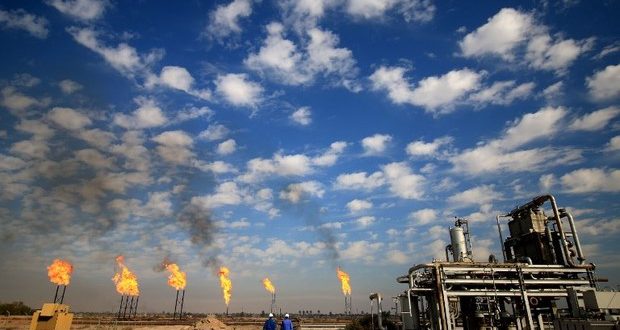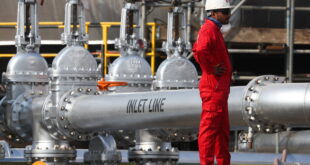The oil market is dramatically tighter than it was only a few months ago. driven by both supply cuts and outages. as well as by the surprising “resilience of demand.“ according to the International Energy Agency.
“In China. the economy seems to be reacting to the government’s stimulus measures with purchasing managers’ indices increasing and export orders recovering. although there are signs that air cargo volumes might be falling.“ the IEA said. noting that while demand is strong there are a wide range of outlooks from various analysts and agencies. “Preliminary oil demand numbers for the January-February period show solid growth of 410 kb d year-on-year.“ India also saw demand grow by 300.000 bpd. while the U.S. added 295.000 bpd driven by a surging petrochemical sector.
But there are some warning signs for demand. Cracks in the global economy have not gone away. even as the depth of fear seen earlier this year has dissipated somewhat. In the last three months of 2018. oil demand in the OECD dipped by 0.3 million barrels per day (mb d). the largest quarterly decline since 2014. “and it is likely to have fallen again in 1Q19 due to weakness in some European economies. with perhaps more to come if there is a disorderly Brexit.“ the IEA wrote.
The notion that demand has been contracting. and that falling demand points to broader problems with the global economy. is not universally shared. Goldman Sachs’ head of commodities research. Jeff Currie. has repeatedly said that demand remains “rock solid.“ and said as much in a recent interview with CNBC. “Commodities demand is relatively rock solid. demand is so solid in China right now … Bottom line. demand looks really good right now.“ he said.
But the IEA pointed to the recent downgrade in the IMF’s outlook for global GDP. Higher oil prices also could put a dent in demand. “Clearly. oil prices at $70 bbl for Brent. are less comfortable for consumers than they were at the start of the year and the IEA has regularly warned of the dangers of prices rising even higher.“ the agency wrote in its report. “Only time will tell if our current demand forecast proves accurate. but the risks are currently to the downside.“
First quarter demand growth was at a rather paltry 1.05 mb d year-on-year. with the OECD probably showing a 140.000-bpd decline. The IEA stuck to its 1.4 mb d demand growth forecast. arguing that consumption should pick up this quarter and for the rest of the year. even as it acknowledged the possibility that it could disappoint.
China’s stimulus measures appear to have headed off a slowdown. at least as of now. Various data from China flipped from negative to positive in March. tamping down fears that a painful contraction was underway.
But. the supply side of the equation is much more compelling. The OPEC+ cuts are clearly tightening the oil market. The IEA noted that as of February. global inventories were 16 million barrels above the five-year average. “However. in terms of days of forward demand cover. which is a more relevant assessment. they are below it. and have been for some time.“ the IEA said.
Arguably the most crucial element has been the steep declines in output in Iran and Venezuela. and more recently the fear of supply outages in Libya. OPEC output fell 550.000 bpd in March alone. leading to an overall global supply contraction of 340.000 bpd. “At 99.2 mb d. global output was 3.1 mb d below a November 2018 peak.“ the IEA noted. a rather glaring and telling statistic.
Finally. the deceleration in U.S. shale growth has helped to tighten up balances relative to the prevailing assumptions from a few months ago. “A slowdown in drilling activity at the start of the year. lower capital budget allocations. increasing base decline and parent-child well interference underpins our weaker growth projections for the US..“ the IEA concluded. “That slowdown combined with the implementation of cuts agreed by OPEC. Russia and nine other non-OPEC countries will tighten world markets.“
 Iran Energy News Oil, Gas, Petrochemical and Energy Field Specialized Channel
Iran Energy News Oil, Gas, Petrochemical and Energy Field Specialized Channel




